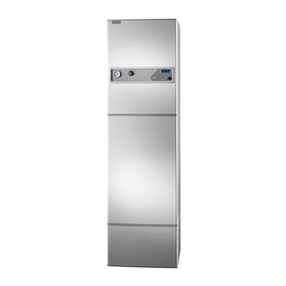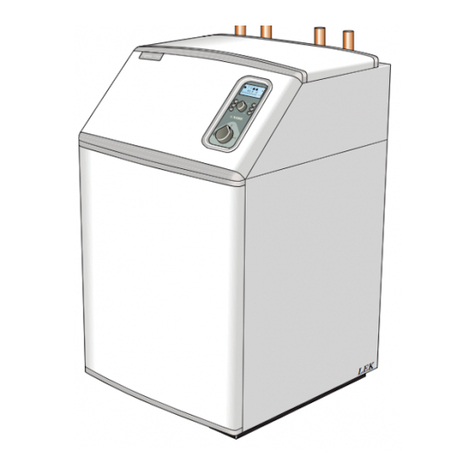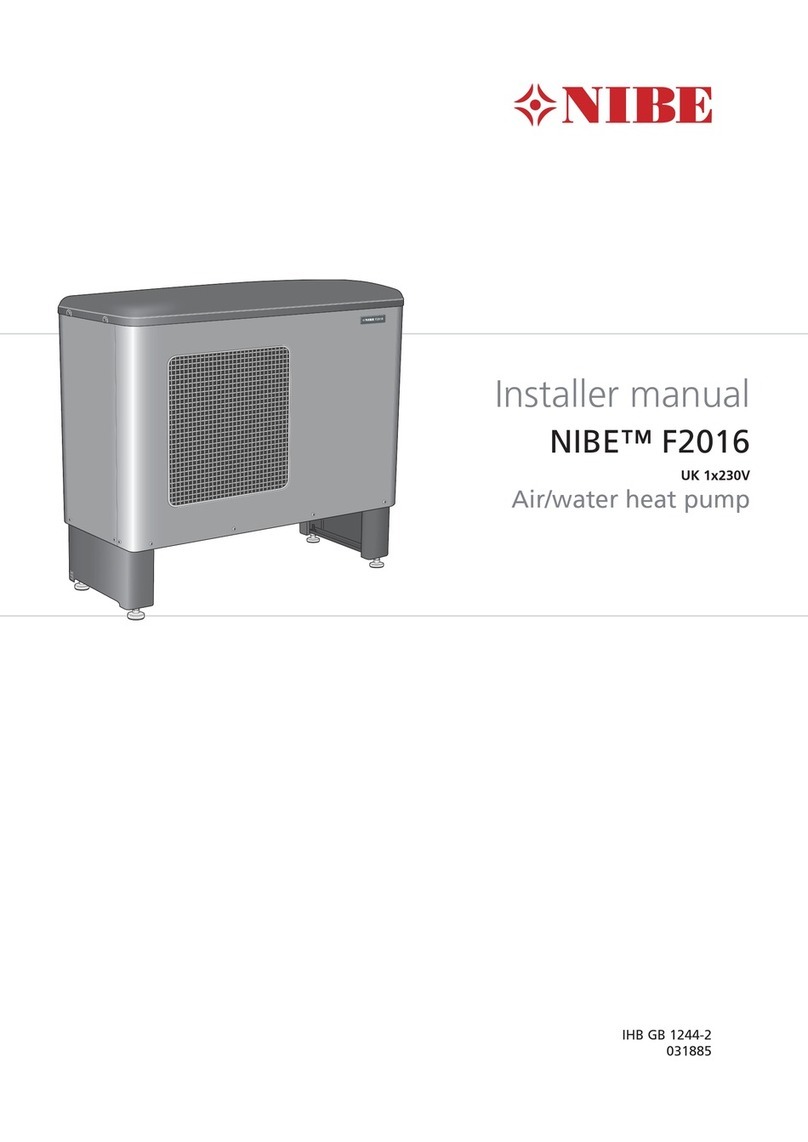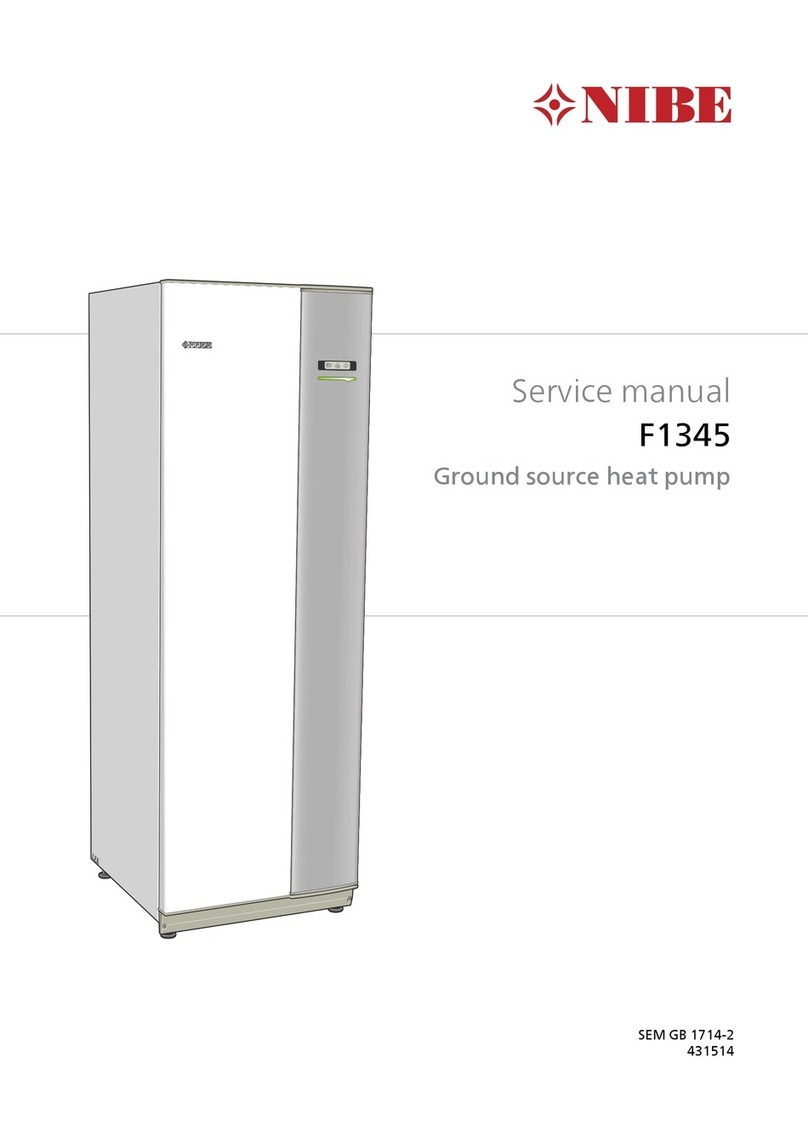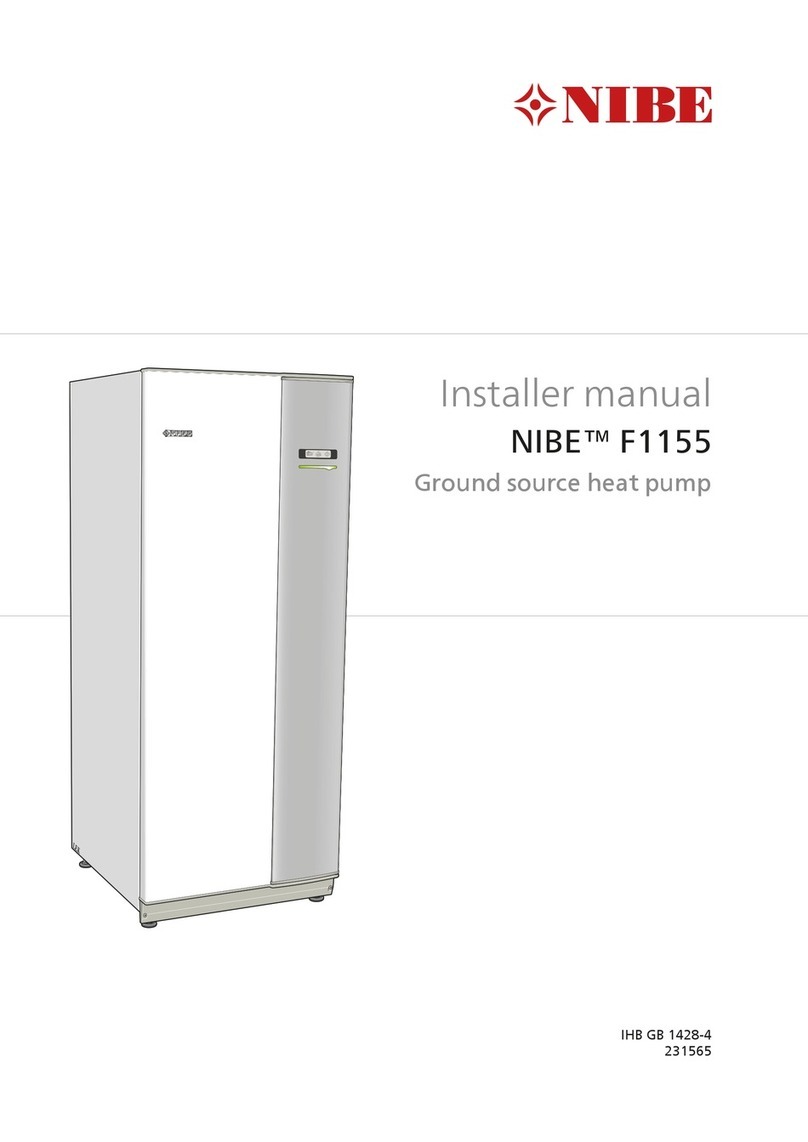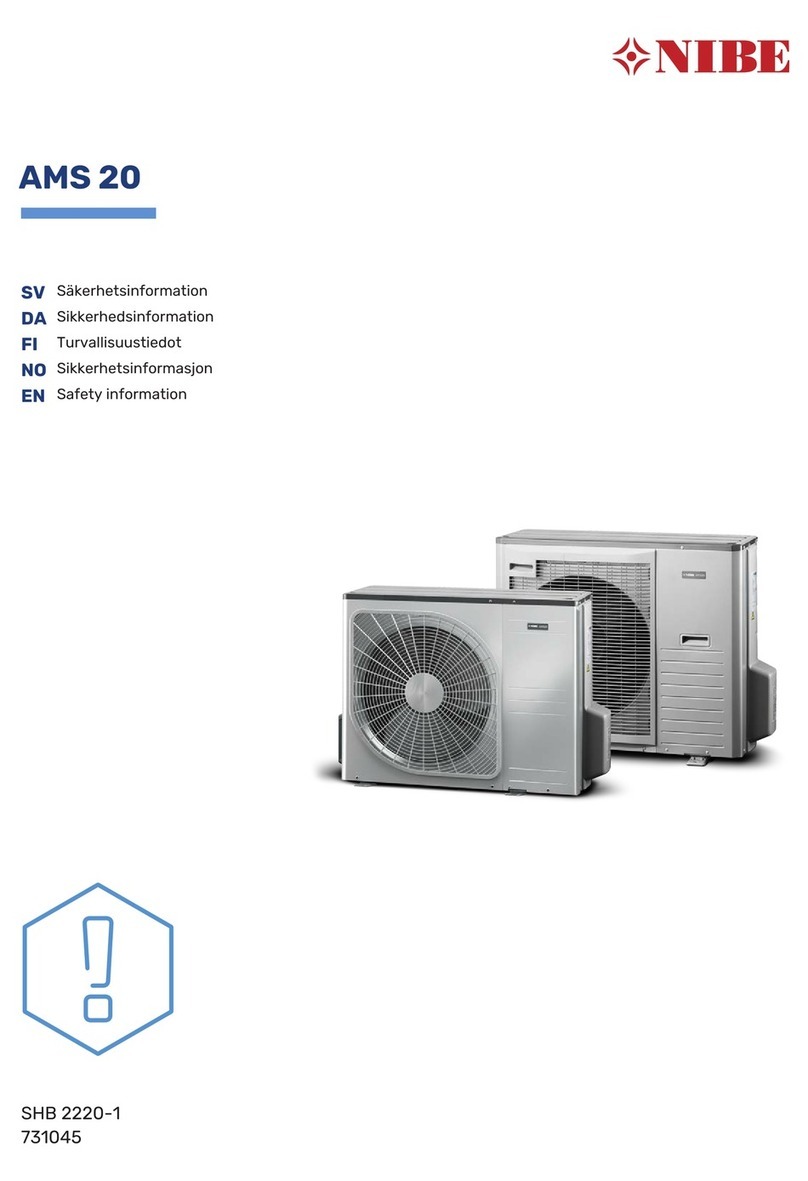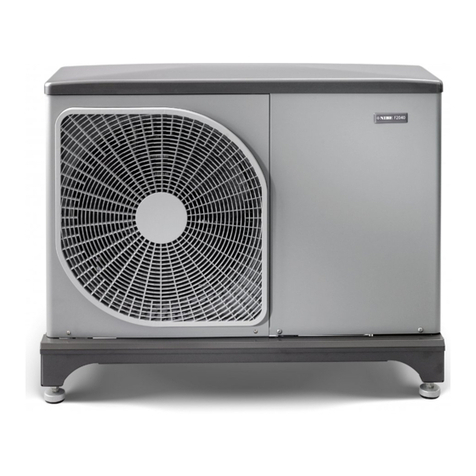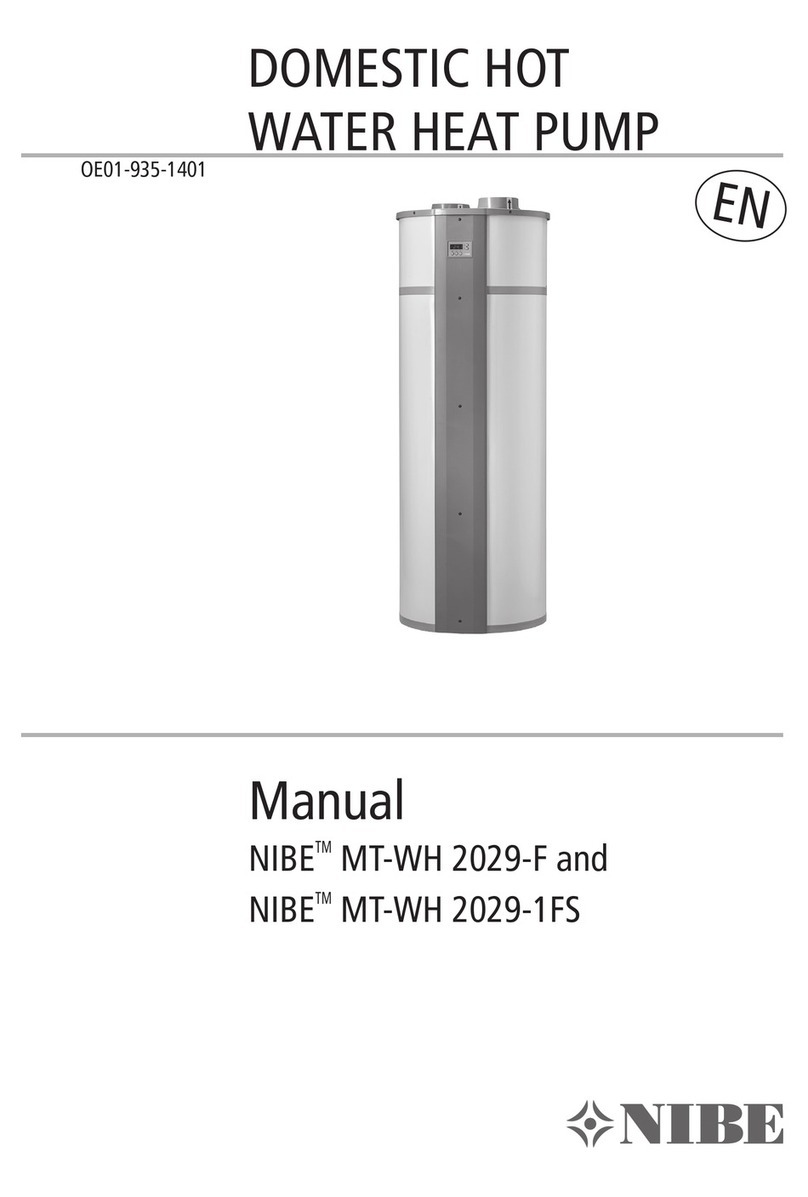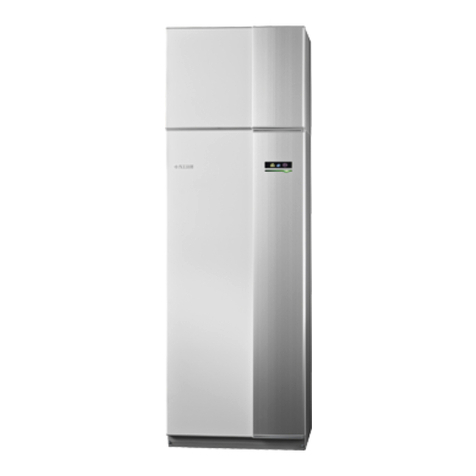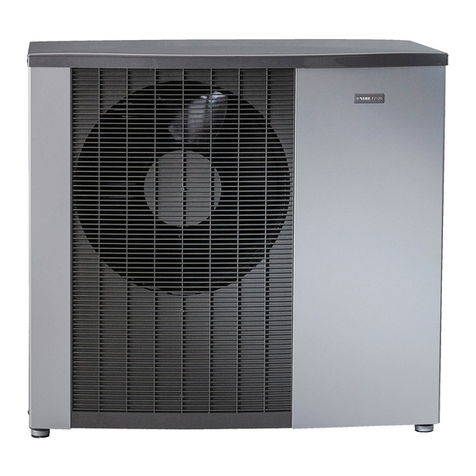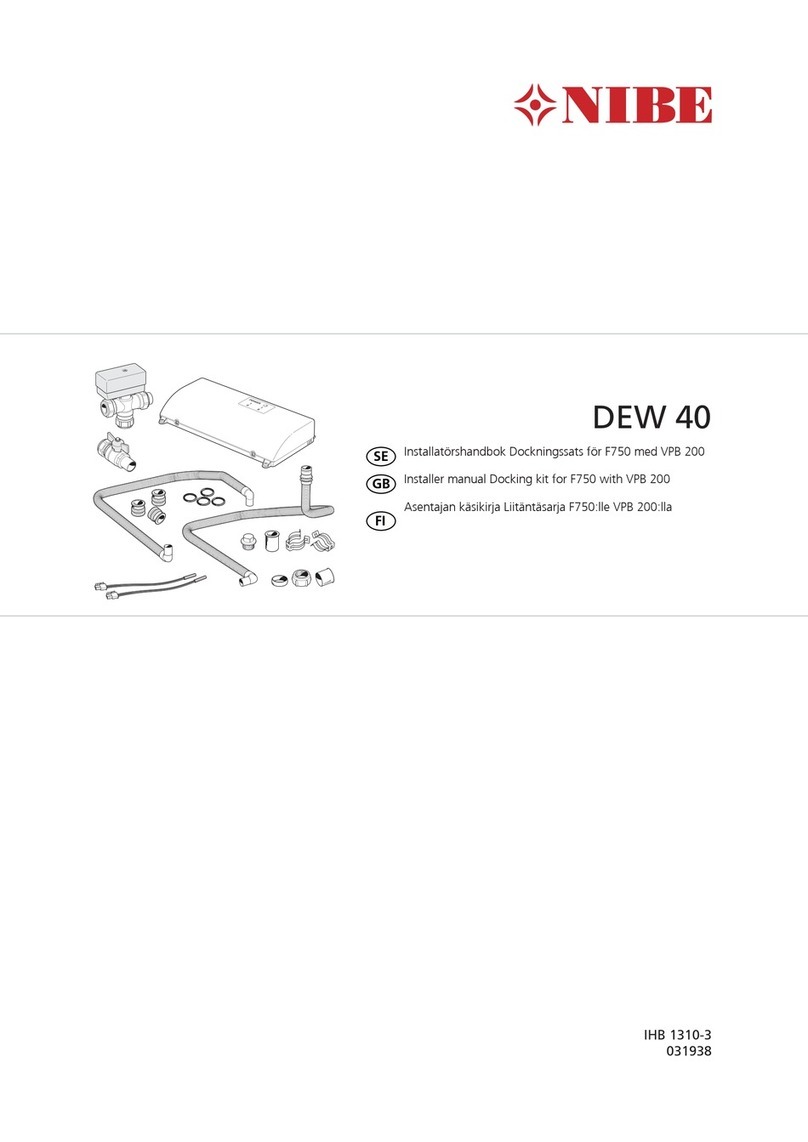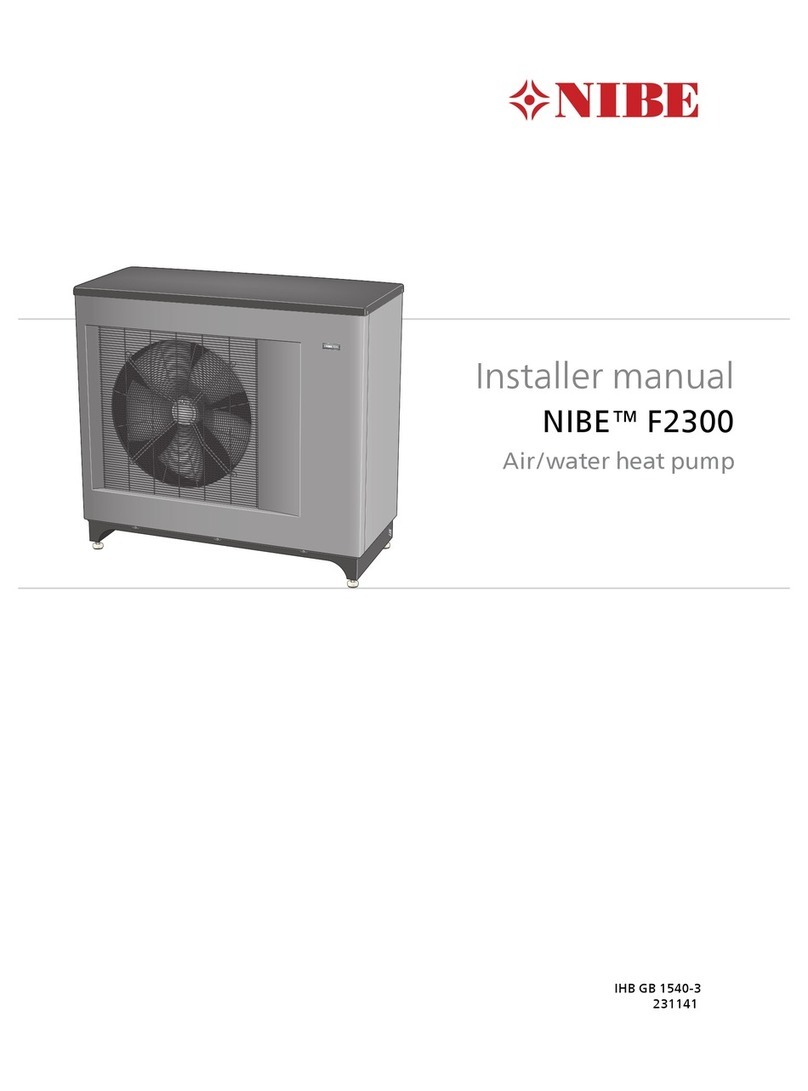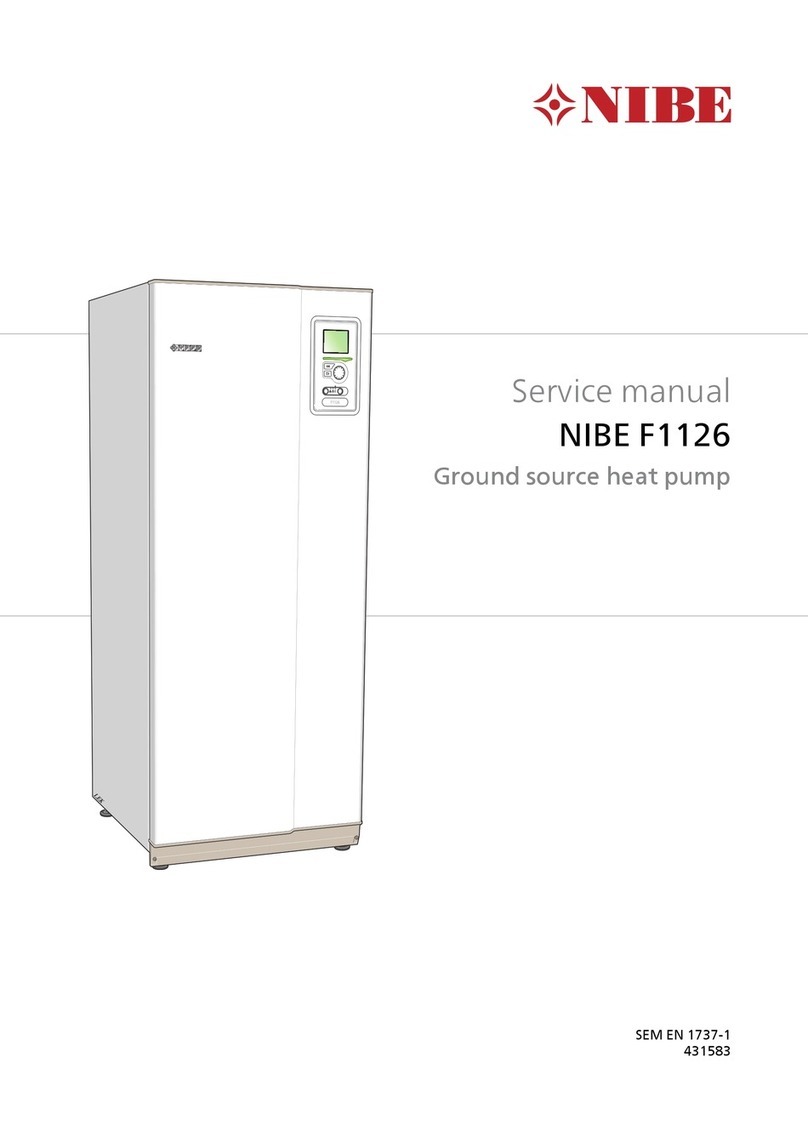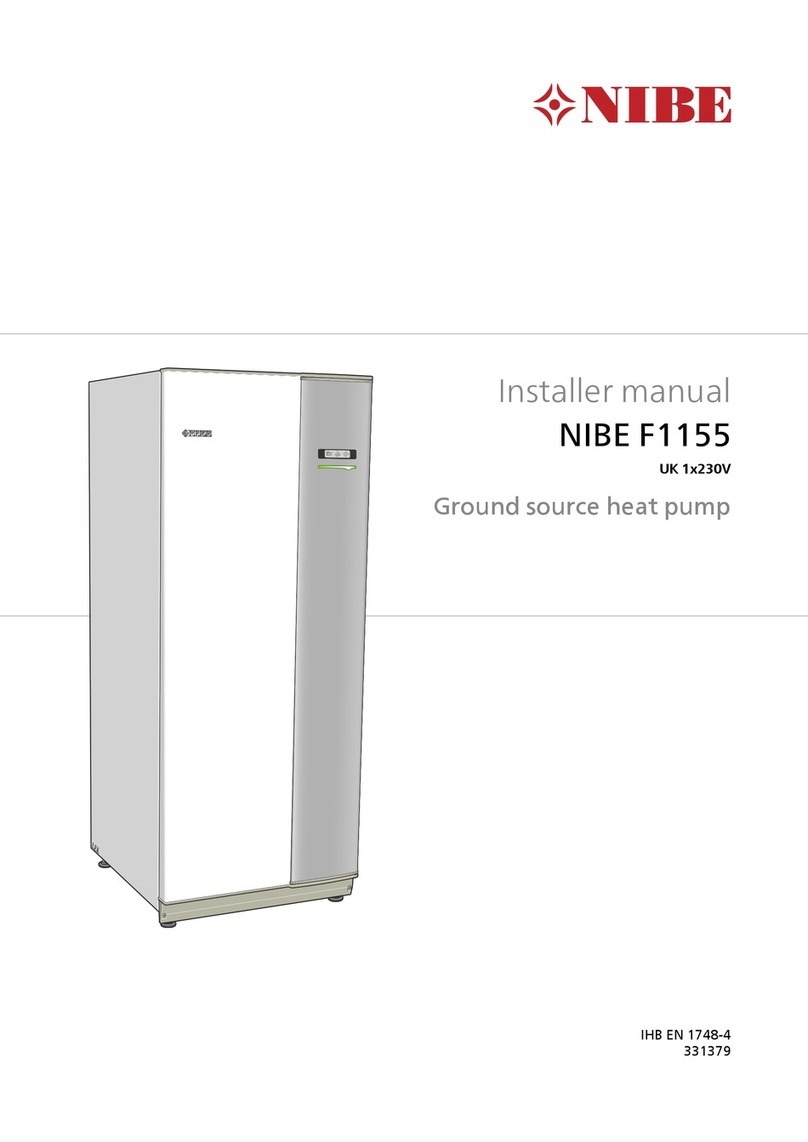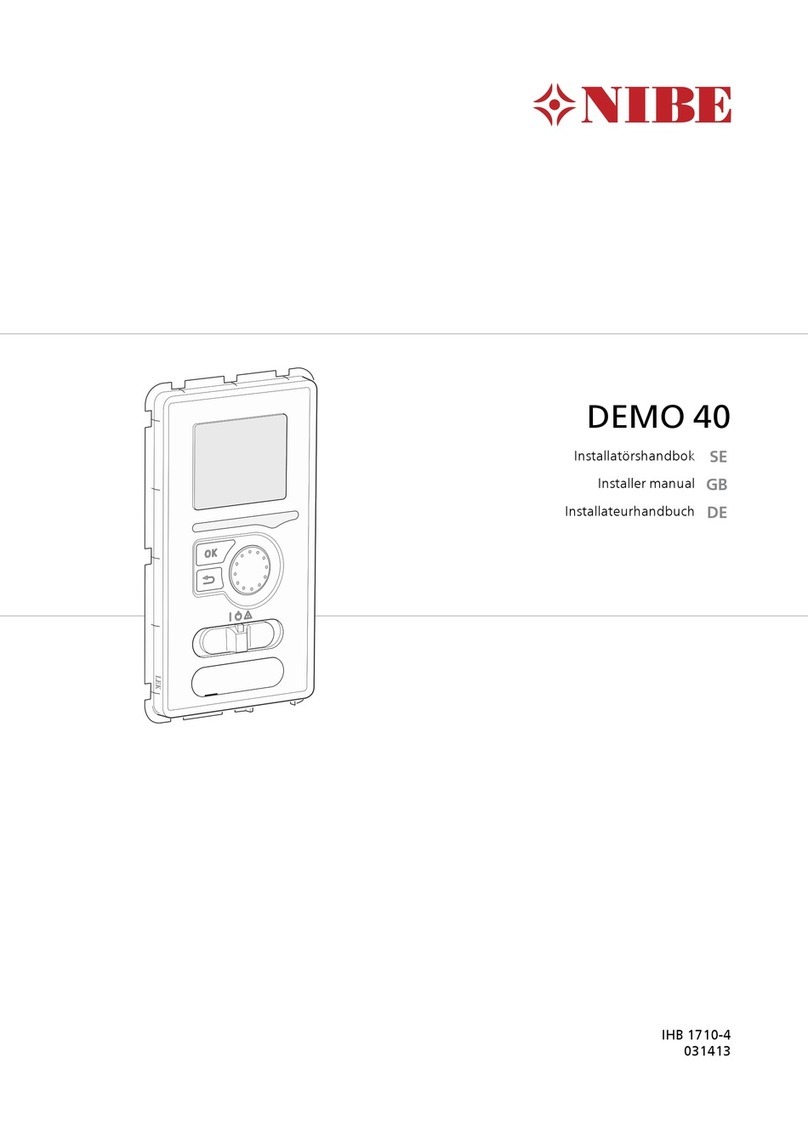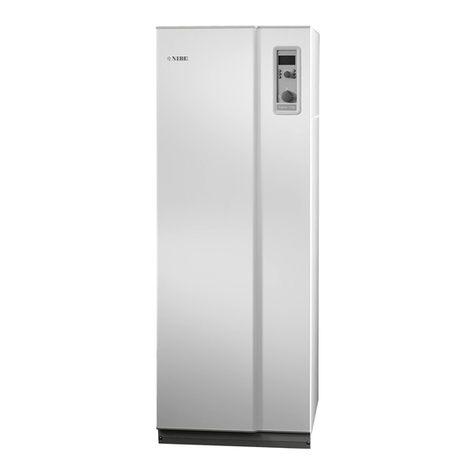Electronic leak tracers must be used to de-
tect combustible refrigerant; but the leak
tracer may not be sufficiently sensitive or
may need to be recalibrated (the leak tracing
equipment must be calibrated in an area
completely free from refrigerant). The leak
tracer must not be a potential source of igni-
tion and must be suitable for the relevant
refrigerant. The leak tracing equipment must
be set and calibrated for the relevant refriger-
ant, to ensure that the gas concentration is
a maximum of 25% of the lowest combust-
ible concentration (Lower Flammability Limit,
LFL) of the relevant refrigerant.
Leak detection fluids are suitable for use with
most refrigerants but the use of detergents
containing chlorine shall be avoided as the
chlorine may react with the refrigerant and
corrode the copper pipe-work.
If a leak is suspected, all naked flames shall
be removed/extinguished.
If a leakage of refrigerant is found which re-
quires brazing, all of the refrigerant shall be
recovered from the system, or isolated (by
means of shut off valves) in a part of the
system remote from the leak. Oxygen free
nitrogen (OFN) shall then be purged through
the system both before and during the braz-
ing process.
REMOVAL AND DRAINING
When a cooling circuit is opened for repairs
– or for another reason– work must be carried
out in a conventional manner. Due to the risk
of fire it is important that best practice is ap-
plied. Follow the procedure below.
1. Drain the refrigerant.
2. Flush the circuit with inert gas.
3. Drain the circuit.
4. Flush again with inert gas.
5. Open the circuit by cutting or burning.
Collect the refrigerant in the intended contain-
er. Flush the system with oxygen-free nitro-
gen to make the device safe. This process
may need to be repeated several times.
Compressed air and oxygen may not be
used.
Flush the system by breaking the vacuum
with oxygen-free nitrogen, and filling the
system to working pressure, relieving the
pressure to atmospheric pressure and finally
pumping to vacuum. Repeat the process
until no refrigerant remains in the system.
After the final filling of oxygen-free nitrogen,
relieve the pressure in the system to atmo-
spheric pressure, so that work can be carried
out. This type of flushing must be carried out
if hot work is to be performed on the pipe
system.
Ensure that the vacuum pump's outlet is not
near to ignition sources and that there is
satisfactory ventilation by the outlet.
FILLING
In addition to the conventional filling proced-
ures, the following actions must be taken.
•Ensure that different refrigerants are not
mixed when filling equipment is used.
Hoses and lines must be as short as pos-
sible to minimise the enclosed refrigerant
volume.
•Containers must be stored upright.
•Ensure that the cooling system is grounded
before the system is filled with refrigerant.
•Mark the system once filling is complete
(if not already marked).
•Take extra care not to overfill the cooling
system.
Before refilling the system, pressure test it
with oxygen-free nitrogen. Leak test the
system after filling but before using the sys-
tem. Perform an additional leak test before
leaving the installation.
DECOMMISSIONING
Before performing this procedure, the tech-
nician must be familiar with the equipment
and all its component parts. Good practice
prescribes that all refrigerant is collected
safely. Before the work is carried out,
samples of oil and refrigerant must be taken,
if analyses are required before collected refri-
gerant can be reused. There must be a power
supply when this task is started.
7Chapter 1 | Important informationNIBE F470
